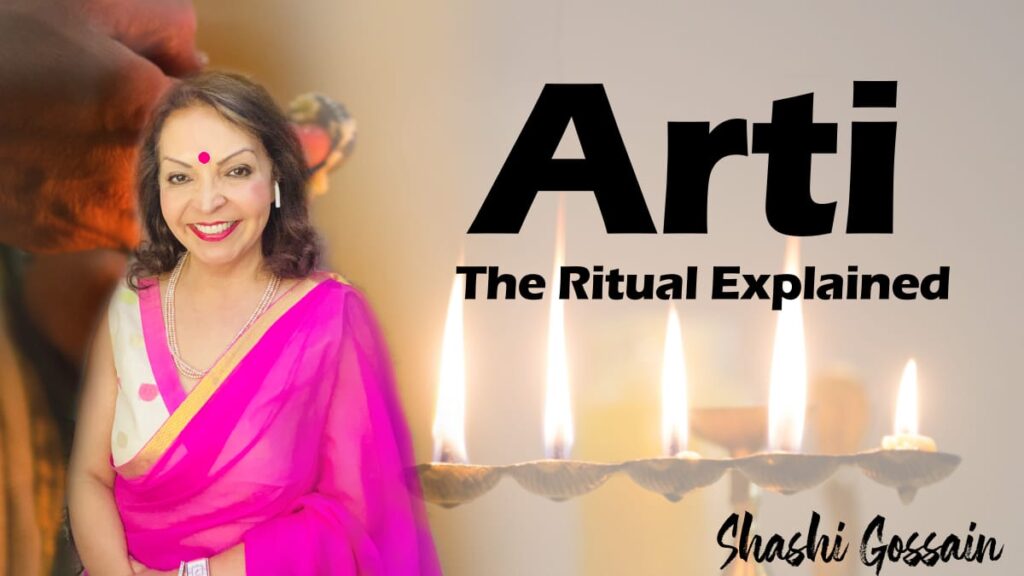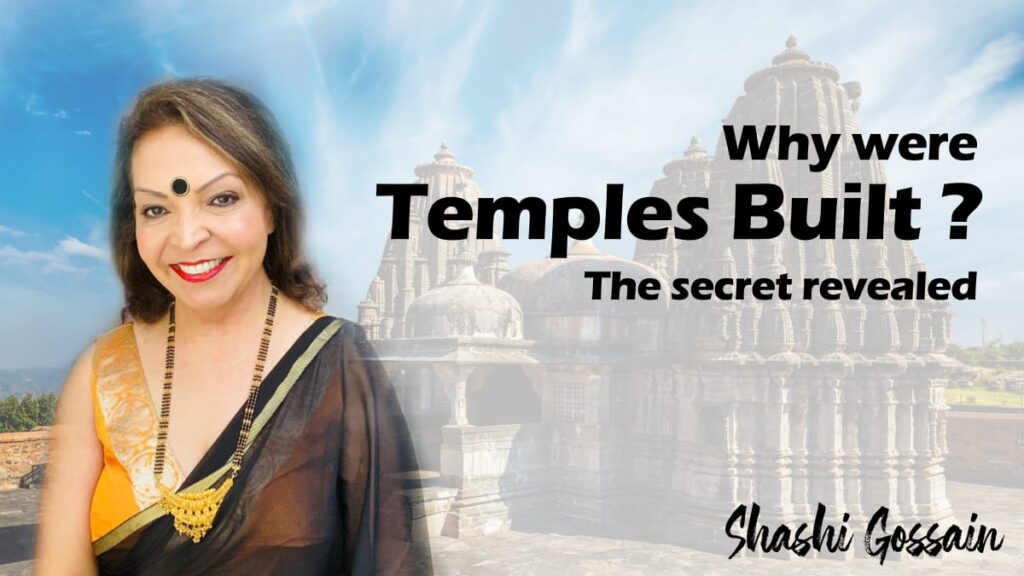Hindu religion gives us freedom to find Supreme Power in our own way. In Hindu religion it is also a belief that there is a God in each and every particle. Even we have many ways to say thank you to our god. We sometime perform Yagya to say thanks to our God, sometimes we worship, sometimes we offer water, and sometimes Aarti.
Today we are going to talk about one of the many ways of saying thanks to God that is Aarti.
We are going discuss about Aarti and importance of Aarti in Hindu religion. Some other questions that are going to be discussed are, why do we do Aarti? And how do we do Aarti? Five ways to perform Aarti?
What is Aarti?
Aarti is a Hindu religious ritual of worship, a part of puja, in which light in the form of a flame in a diya is offered to God. The flame is Aarti can be of ghee or oil or camphor.
The Light or flame of ghee (Diya/Lamp) is considered a symbol of the light of the soul.
Aartis also refers to the songs sung in praise of the deity, when the light is being offered. Many times it is accompanied by music and dance.
It is performed during all Hindu ceremonies & is an act of humility and gratitude.
Aarti is called ‘Deep Ardhanai’ in Tamil Language.
It’s an expression of one’s complete & unconditional love towards God. It is also performed to:
- Praise God
- Express our gratitude
- Ask forgiveness
- Request from God
Meaning of the word ‘Aarti’
Aarti is derived from the Sanskrit word आरात्रिक (ārātrika) which means something that removes darkness, i.e. ignorance, which is in the form of the flame that is waved around the deity.
Incense vapor signifies purity of mind.
Aarti is said to have descended from the Vedic concept of fire rituals.
It can be done in temples or in your own home.
Aarti represents our daily lives & symbolizes the Five elements:
- Earth is represented by a Flower
- Water
- Heat is represented by the fire in Oil lamp or diya
- Air & movement of the peacock fan.
- Space by a handkerchief
Aarti of Hindu Gods and goddess-
- Lord Ganesha(Ganesh ji ki Aarti)- Ganpati Ji Ki Seva… , Jai Dev Jai Dev…
- Lord Vishnu- Om Jay Jagdish Hare….
- Lord Shiva-Om Namah Shivaya Om Namah Shivaya…..
- Goddess Lakshmi (Lakshmi Ji Ki Aarti)- Jay Lakshmi Ramana…
- Goddes Durga- Ambe tu hai Jagdambe Kali Jay Durge….
- Goddes Saraswati – Ya kundendutu sar har dhawala….
There are five ways to perform Aarti-
- By Deepmala
- By waterfilled conch
- By Cloth
- By Mango and Peepal leaves
- By doing Sashtang Pranam.
The Aarti Platter
Platter of Aarti- Platter of Aarti is made up of metal which can often be of Brass, Copper, Silver, or Gold.
The worshipper faces the deity & the Aarti plate or waves in a circular, clockwise movement. Aarti symbolizes a cycle of energy, with the deity in the middle.
The priest circulates the plate with lighted wicks to all those present to receive the blessings infused within the flames. The devotees cup their down-turned hands over the flame and then raise their palms to their forehead; the blessing has now been passed to the devotee.
It’s believed that goodwill and luck can be taken through symbolic hand movements over the flame.
Just as the lighted wick provides light and chases away the darkness, the vigilance of an individual can keep away the influence of the material world & keep us grounded.
Aarti is not only limited to God. It is also a common practice to perform Aarti to inanimate objects like new books or new vehicles as a gesture of showing respect and praying that this object would help one excel in the work one would use it for.
While performing the Aarti the devotees should be devoted to God.
The Aarti devotional song is sung jointly by all worshippers as a chorus to the accompaniment of musical instruments, including drums, bells, and songs & blowing the conch shell.
The universal Aarti is that which is dedicated to all deities is Om Jai Jagdish Hare, although there are variations for different deities & in different parts of India.
The Aarti is performed 5 times/day in mandirs, denoting a specific part of the deities’ routine & performed twice a day at home, at
- Sunrise to welcome God’s positive energy through sun-light
- Sunset to quell negative energies that have appeared during the day.
I hope you found this topic informative.
I shall be bringing more snippets of our fascinating religion in forthcoming videos.
Please do give me feedback in the comments section & let me know what other topics you would like me to cover.
Thank you.
Shashi Gossain



